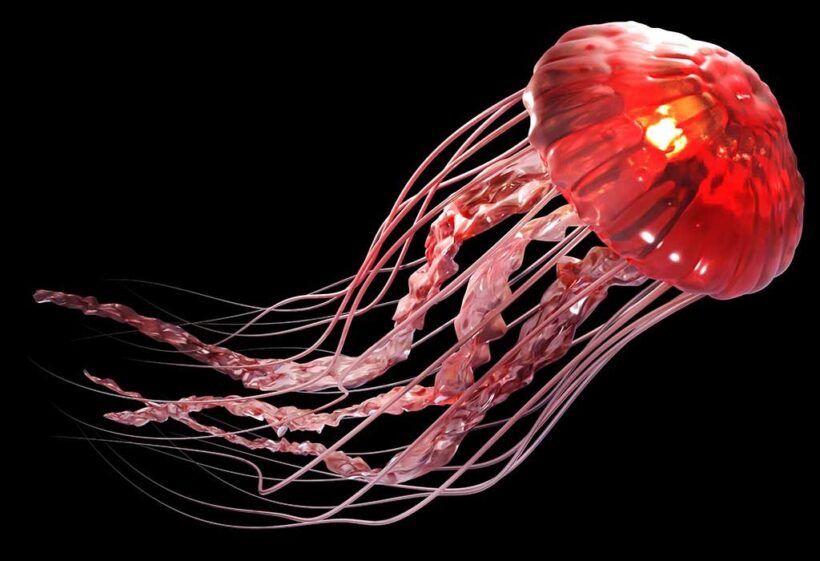Brush jam is a marine invertebrate that swims by striking columns of brush-like cilia. A few animal varieties have jellyfish-like adjusted bodies and limbs, yet brush jams and jellyfish have a place with two unique phyla. Jellyfish are cnidarians, while brush jams have a place with the phylum Ctenophora. The name Ctenophora comes from the Greek words signifying “conveying a brush.” About 150 brush jam species have been named and portrayed to date. Models incorporate the ocean gooseberry (Pleurobrachia sp.) and the Venus support (Cestum veneris).
Gather more stuff here
Quick Facts: Comb Jelly
Logical name: Ctenophora
Normal Name: Comb Jelly, Comb Jellyfish
Local Animal Group: Invertebrates
Size: 0.04 crawls to 4.9 feet
Life expectancy: Less than one month to 3 years
Diet: Carnivorous
Natural surroundings: Marine Habitat Around the World
Populace: Abundant
Protection Status: Not evaluated
Gather more stuff about the capital of Pennsylvania
Depiction
As their name suggests, brush jam bodies are coagulated. Species that live close to the outer layer of the water are straightforward, however, those that live somewhere down in the water or parasitize different creatures might be brilliantly shaded. A few animal types have limbs. Most species have eight groups of cilia, called brush pushes, that run the length of their bodies. Ctenophores are the biggest non-frontier creatures that utilize cilia for headway. Brush lines dissipate light and make a rainbow impact. Most species are bioluminescent blue or green and some give out bioluminescent “inks” when streaked or upset. Brush Jelly shows an extensive variety of body plans. Dissimilar to jellyfish, brush jams are not radially balanced. Like most people are reciprocally even. They range in size and shape from little (0.04 in) circular to long (4.9 ft) strips. Some are curve formed, while base dwelling species look like ocean slugs.
Convenience and Range
Ctenophores experience everywhere, from the jungles to the posts and far beneath the sea’s surface. Brush jam isn’t tracked down in new water. They live in the ocean and in bitter trenches, marshes, and estuaries.
Diet
Brush jams are savage, with the exception of one variety that is somewhat parasitic. They go after different ctenophores and zooplankton, including little shellfish, fish hatchlings, and mollusk hatchlings. They utilize different methodologies to catch prey. Some utilize nets to make web-like designs, others are snare hunters, and despite everything others hang tacky lures to draw in prey.
Conduct
Despite the fact that brush jams might have masses, they really carry on with singular existences. Ctenophores utilize unexpected synapses in comparison to different creatures. Brush jams come up short on the mind or sensory system, however, have a nerve net. Nerve motivations straightforwardly drive the muscles to move the creature as well as to catch and control the prey. It has a statolith made of calcium carbonate which it uses to detect direction. The chemoreceptive cells close to the jam’s mouth permit it to “taste” the prey.
Proliferation and posterity
The genders are discrete in certain species, yet most brush jams are at the same time sexually open. Both self-treatment and cross-preparation can happen. The gametes are ousted through the mouth. Preparation frequently happens in water, however, in Coloplana and Tjalfiala, gametes are conveyed to the mouth for interior treatment. Prepared eggs form straightforwardly into the grown-up structure, without larval stages, and without parental consideration. Brush jam produces gametes for however long there is sufficient food. A few animal categories replicate when harmed and imitate agamically as well as physically. Little pieces of these creatures sever and become grown-ups. Little is had some significant awareness of most species, however, those considered have a life expectancy of under a month to up to three years.
Discussion Level
No Ctenophore species has protected status. As a rule, brush jams are not thought of as compromised or jeopardized. Like other marine species, they are impacted by environmental change, contamination, and climate. Look over jams are prey for some species, including the jeopardized leatherback ocean turtle.
Join Jelly and Humans
Dissimilar to jellyfish, brush jams can’t sting. While the creatures are not straightforwardly utilized by people, they are vital to marine pecking orders. A few animal types control zooplankton which can clear out phytoplankton whenever left uncontrolled. Obtrusive brush jams, conveyed in transport balance waters, are fished less in the Sea of Azov and the Black Sea by eating fish hatchlings and scavengers which are food hotspots for mature fish.






